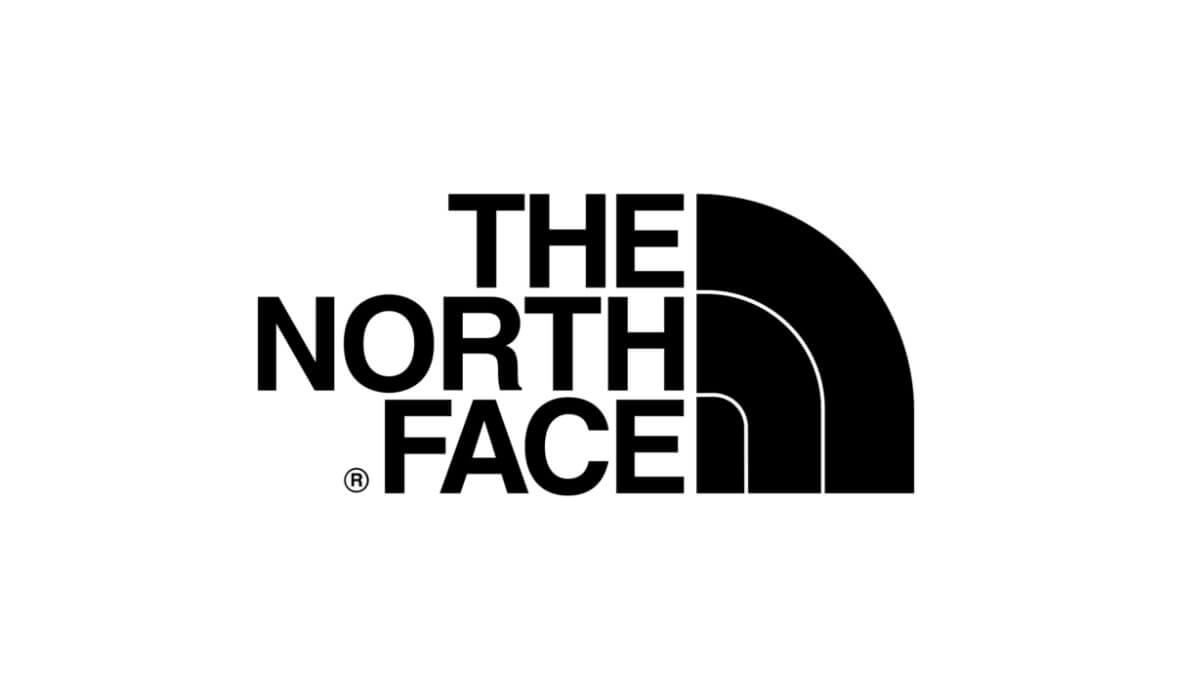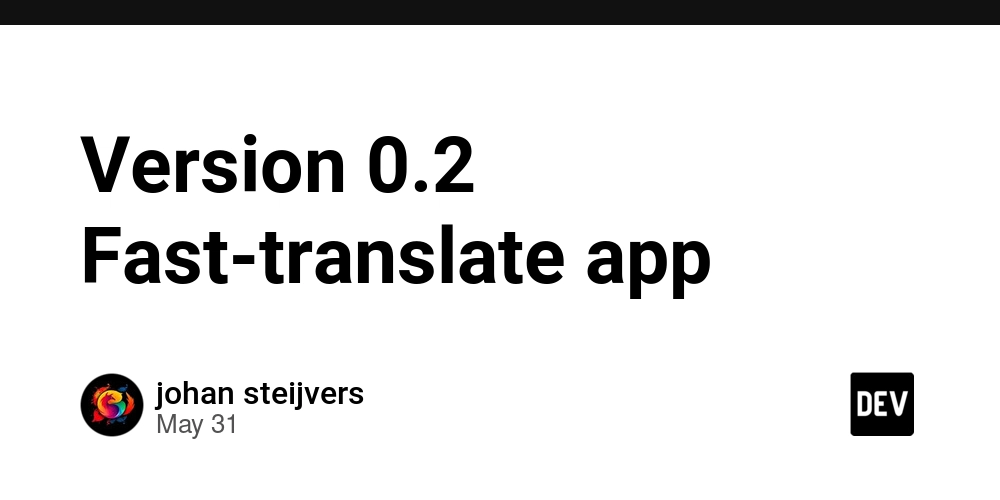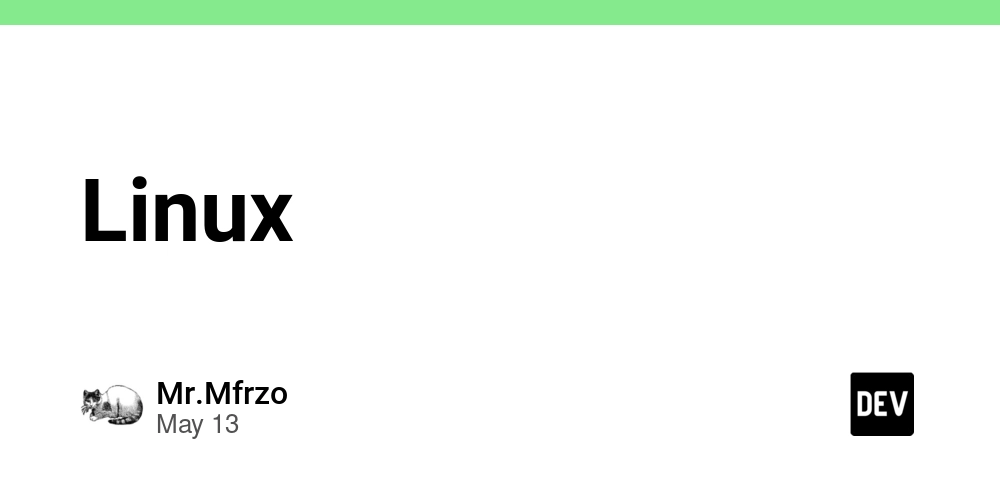Effective Strategies for AWS Cost Optimization
Amazon Web Services (AWS) provides a robust and flexible cloud platform and optimization of cost is one of the main focuses for many customers or organization. We hear that right sizing, managing the cost in cloud would be one of the main concerns. However, it is crucial to manage and optimize costs effectively to maximize the value of your investment. This article provides the various tips and techniques for optimizing AWS costs, including monitoring usage, setting budgets, and leveraging cost-effective services. By implementing these strategies, you can ensure that your AWS infrastructure remains efficient, cost-effective, and aligned with your business objectives. Let us examine the strategies one by one. AWS provides tools to centrally manage expenses and offer stakeholders targeted visibility for informed decision-making. Architecting for Cost Optimization • Serverless Computing: Prioritize serverless architectures using AWS Lambda, API Gateway, and other serverless services to reduce costs and scale based on demand. • Multi-AZ and Multi-Region Deployments: Design architectures for high availability and disaster recovery across multiple zones and regions while considering cost implications. • Data Transfer Costs: Optimize data transfer costs between AWS services and regions, minimizing cross-region data transfer fees where possible. • Global Accelerator: Use AWS Global Accelerator to enhance the availability and performance of applications across multiple regions. Define the DR and HA Strategy • AWS offers multi-AZ and multi-region capabilities, making the definition of Disaster Recovery (DR) and High Availability (HA) strategies a crucial part of cloud cost optimization. The decision to use single AZ, multi-AZ, or multi-region should be based on application and business needs, as this significantly impacts cost management. Although multi-AZ and multi-region setups can increase costs, they may be necessary for certain applications. Additionally, DR configurations can be active-active or active-passive, depending on architecture patterns and requirements. These considerations must be carefully evaluated during the architecture decision process. AWS Marketplace and Cost Optimization Solutions • AWS Marketplace: Explore cost optimization solutions available in AWS Marketplace, including third-party tools and software to identify cost-saving opportunities. • Cost Management Tools: Implement third-party cost management tools like Apptio for additional features and insights beyond native AWS tools. Rule based AWS Billing, Budget, and Cost Allocation AWS provides the features of monitoring the billing, define the budget and allocate the cost based on the needs of your business applications. however, important aspect is to define the rules of each layer, and it must trigger or execute based on the need to business applications (scale and de-scale automatically) • Consolidated Billing: If managing multiple AWS accounts, consider using AWS Organizations' Consolidated Billing feature to centralize billing and benefit from volume discounts. • Cost Allocation Tags: Implement cost allocation tags to categorize resources based on business units, projects, or applications. This helps identify cost drivers and optimize spending accordingly. • AWS Cost Explorer: Utilize AWS Cost Explorer to analyze and visualize costs over time, assisting in identifying trends and areas for optimization. • AWS Budgets: Establish AWS Budgets to track and manage costs. Set custom cost and usage thresholds, receiving alerts when approaching or exceeding those limits. • Cost Allocation Reports: Generate Cost Allocation Reports to gain insights into cost distribution across departments, teams, or projects, pinpointing areas where optimization efforts are most impactful. Monitoring and Alerting • AWS Trusted Advisor: Enable Trusted Advisor checks to receive cost optimization recommendations based on AWS best practices. • CloudWatch Alarms: Configure CloudWatch alarms to receive notifications when specific cost thresholds are exceeded, enabling proactive cost management. • AWS Cost Anomaly Detection: Use Anomaly Detection in AWS Cost Management to identify unusual spending patterns and investigate potential inefficiencies. • AWS Compute Optimizer: Utilize AWS Compute Optimizer for recommendations on optimal Amazon EC2 instance types based on historical usage patterns. Understanding AWS Pricing Models • Pay-as-you-go Model: Become familiar with the pay-as-you-go pricing model, paying only for the resources used without any upfront commitments. • Reserved Instances (RIs): Explore the different types of RIs, such as Standard, Convertible, and Scheduled RIs, which provide significant savings for predictable workloads. • Savings Plans: Consider Savings Plans, offering cost savings for a broader range of usage patterns compared to traditional RIs. • Spot Instances and Spot Blocks: Understand the pricing models for Spot Instances and Spot B

Amazon Web Services (AWS) provides a robust and flexible cloud platform and optimization of cost is one of the main focuses for many customers or organization. We hear that right sizing, managing the cost in cloud would be one of the main concerns. However, it is crucial to manage and optimize costs effectively to maximize the value of your investment. This article provides the various tips and techniques for optimizing AWS costs, including monitoring usage, setting budgets, and leveraging cost-effective services. By implementing these strategies, you can ensure that your AWS infrastructure remains efficient, cost-effective, and aligned with your business objectives. Let us examine the strategies one by one.
AWS provides tools to centrally manage expenses and offer stakeholders targeted visibility for informed decision-making.
Architecting for Cost Optimization
• Serverless Computing: Prioritize serverless architectures using AWS Lambda, API Gateway, and other serverless services to reduce costs and scale based on demand.
• Multi-AZ and Multi-Region Deployments: Design architectures for high availability and disaster recovery across multiple zones and regions while considering cost implications.
• Data Transfer Costs: Optimize data transfer costs between AWS services and regions, minimizing cross-region data transfer fees where possible.
• Global Accelerator: Use AWS Global Accelerator to enhance the availability and performance of applications across multiple regions.
Define the DR and HA Strategy
• AWS offers multi-AZ and multi-region capabilities, making the definition of Disaster Recovery (DR) and High Availability (HA) strategies a crucial part of cloud cost optimization. The decision to use single AZ, multi-AZ, or multi-region should be based on application and business needs, as this significantly impacts cost management. Although multi-AZ and multi-region setups can increase costs, they may be necessary for certain applications. Additionally, DR configurations can be active-active or active-passive, depending on architecture patterns and requirements. These considerations must be carefully evaluated during the architecture decision process.
AWS Marketplace and Cost Optimization Solutions
• AWS Marketplace: Explore cost optimization solutions available in AWS Marketplace, including third-party tools and software to identify cost-saving opportunities.
• Cost Management Tools: Implement third-party cost management tools like Apptio for additional features and insights beyond native AWS tools.
Rule based AWS Billing, Budget, and Cost Allocation
AWS provides the features of monitoring the billing, define the budget and allocate the cost based on the needs of your business applications. however, important aspect is to define the rules of each layer, and it must trigger or execute based on the need to business applications (scale and de-scale automatically)
• Consolidated Billing: If managing multiple AWS accounts, consider using AWS Organizations' Consolidated Billing feature to centralize billing and benefit from volume discounts.
• Cost Allocation Tags: Implement cost allocation tags to categorize resources based on business units, projects, or applications. This helps identify cost drivers and optimize spending accordingly.
• AWS Cost Explorer: Utilize AWS Cost Explorer to analyze and visualize costs over time, assisting in identifying trends and areas for optimization.
• AWS Budgets: Establish AWS Budgets to track and manage costs. Set custom cost and usage thresholds, receiving alerts when approaching or exceeding those limits.
• Cost Allocation Reports: Generate Cost Allocation Reports to gain insights into cost distribution across departments, teams, or projects, pinpointing areas where optimization efforts are most impactful.
Monitoring and Alerting
• AWS Trusted Advisor: Enable Trusted Advisor checks to receive cost optimization recommendations based on AWS best practices.
• CloudWatch Alarms: Configure CloudWatch alarms to receive notifications when specific cost thresholds are exceeded, enabling proactive cost management.
• AWS Cost Anomaly Detection: Use Anomaly Detection in AWS Cost Management to identify unusual spending patterns and investigate potential inefficiencies.
• AWS Compute Optimizer: Utilize AWS Compute Optimizer for recommendations on optimal Amazon EC2 instance types based on historical usage patterns.
Understanding AWS Pricing Models
• Pay-as-you-go Model: Become familiar with the pay-as-you-go pricing model, paying only for the resources used without any upfront commitments.
• Reserved Instances (RIs): Explore the different types of RIs, such as Standard, Convertible, and Scheduled RIs, which provide significant savings for predictable workloads.
• Savings Plans: Consider Savings Plans, offering cost savings for a broader range of usage patterns compared to traditional RIs.
• Spot Instances and Spot Blocks: Understand the pricing models for Spot Instances and Spot Blocks, which offer substantial cost reductions for workloads with flexible start and end times.
Spot Instances and Spot Fleets
• Spot Instances: Leverage Spot Instances for non-critical, fault-tolerant workloads, achieving substantial cost savings compared to On-Demand instances.
• Spot Fleets: Utilize Spot Fleets to manage a group of Spot Instances and On-Demand instances, ensuring desired capacity while maximizing cost efficiency.
Managing Data Storage & Transfer Costs
• S3 Intelligent-Tiering: Use S3 Intelligent-Tiering to automatically move objects between storage tiers based on access patterns, optimizing storage costs.
• EBS Volume Types: Select appropriate EBS volume types (e.g., GP3, IO2, ST1, SC1) based on workload performance and storage requirements.
• Data Lifecycle Policies: Implement data lifecycle policies to automatically delete or transfer less frequently accessed data to lower-cost storage.
• Data Archiving: Develop archiving strategies to move infrequently accessed data to lower-cost storage options, such as Amazon S3 Glacier or Glacier Deep Archive.
• Data Transfer: Analyze data transfer costs between AWS services and regions. Consider using AWS Direct Connect or VPN to reduce costs for large data volumes.
Use AWS Serverless Services
• AWS Lambda: Utilize AWS Lambda for event-driven workloads, eliminating idle resource costs by paying only for actual compute time.
• API Gateway: Employ API Gateway for serverless API management, paying only for API requests and data transfer.
• Amazon Aurora Serverless: Consider Aurora Serverless for relational database needs, as it automatically adjusts capacity based on usage, leading to potential savings.
• Amazon Fargate for Containers: Use AWS Fargate, a serverless compute engine, to run containerized applications without managing underlying infrastructure, simplifying deployment and optimizing costs.
Resource Optimization and Automation
• AWS Auto Scaling: Implement AWS Auto Scaling to adjust the number of instances based on demand, ensuring optimal resource utilization.
• Infrastructure as Code (IaC): Use tools like AWS CloudFormation or AWS CDK to automate infrastructure provisioning, ensuring consistency and reducing costly misconfigurations.
• Resource Groups and AWS Systems Manager: Manage and automate tasks across multiple resources using Resource Groups and AWS Systems Manager, improving operational efficiency.
Use AWS Free Tier and Resource Management
• AWS Free Tier: Take advantage of AWS Free Tier offerings to experiment, learn, and test applications with limited resources without incurring charges.
• AWS Service Quotas: Monitor and manage service quotas to ensure application limits are not exceeded, preventing unexpected costs.
Collaboration and Cost Accountability
• Tagging Best Practices: Implement a tagging strategy to associate costs with specific resources, projects, or teams, enabling better cost visibility and accountability.
• Cost Management Across Teams: Promote collaboration between development, operations, and finance teams to ensure everyone understands their role in cost optimization.
Cost Optimization for AWS Data Analytics
• Amazon Athena and AWS Glue: Optimize data analytics workflows by using Amazon Athena for serverless querying and AWS Glue for ETL jobs.
• Amazon Redshift: Adjust Amazon Redshift cluster size and usage to match data warehouse workload needs.
Spotlight on AWS Cost Management Partners
• AWS Cost Management Partners: Utilize services provided by AWS Cost Management Partners for specialized expertise and tools in optimizing AWS costs.
• Partner Solutions: Engage AWS Consulting Partners like Wipro Ltd. for tailored cost optimization solutions and guidance based on specific business requirements.
Managing Ephemeral and Test Environments
• Automation and Auto Scaling: Use automation and auto scaling to manage ephemeral and test environments, ensuring resources are provisioned only when needed.
• Dev/Test Environments in the AWS Free Tier: Create and test development and staging environments within the AWS Free Tier, reducing non-production workload costs.
• Automate Shutdown: Automatically delete or stop servers after working hours for all development and test environments.
Optimizing Data Processing Workloads
• Amazon EMR and Spot Instances: Use Amazon EMR with Spot Instances for big data processing tasks, reducing costs while maintaining performance.
• Amazon Redshift Spectrum: Optimize query performance and costs by leveraging Amazon Redshift Spectrum to query data directly from Amazon S3.
FinOps knowledge and skill enablement
• AWS Training and Certification: Invest in AWS Training and Certification to equip your team with the knowledge and skills required for effective cost optimization.
• Cost Management Best Practices: Encourage adopting best practices for cost management, such as turning off unused resources, using instance scheduling, and optimizing storage.
Conclusion
Effective AWS cost optimization and management are crucial for maximizing cloud potential while minimizing unnecessary expenses. By following the tips and techniques outlined, you can develop a robust cost optimization strategy aligned with your organization's goals, delivering value to customers.
Remember, cost optimization is an ongoing process requiring continuous monitoring, evaluation, and adjustments. Cultivate a culture of cost consciousness, empower your team with the right knowledge, and leverage AWS cost optimization tools to make informed decisions that maximize your AWS investment. Implementing these practices will lead to cost savings, optimized resources, improved application performance, and enhanced overall AWS infrastructure efficiency. AWS Cost optimization using AWS toolset managed, innovate and deliver exceptional financial operational help for customers.


































































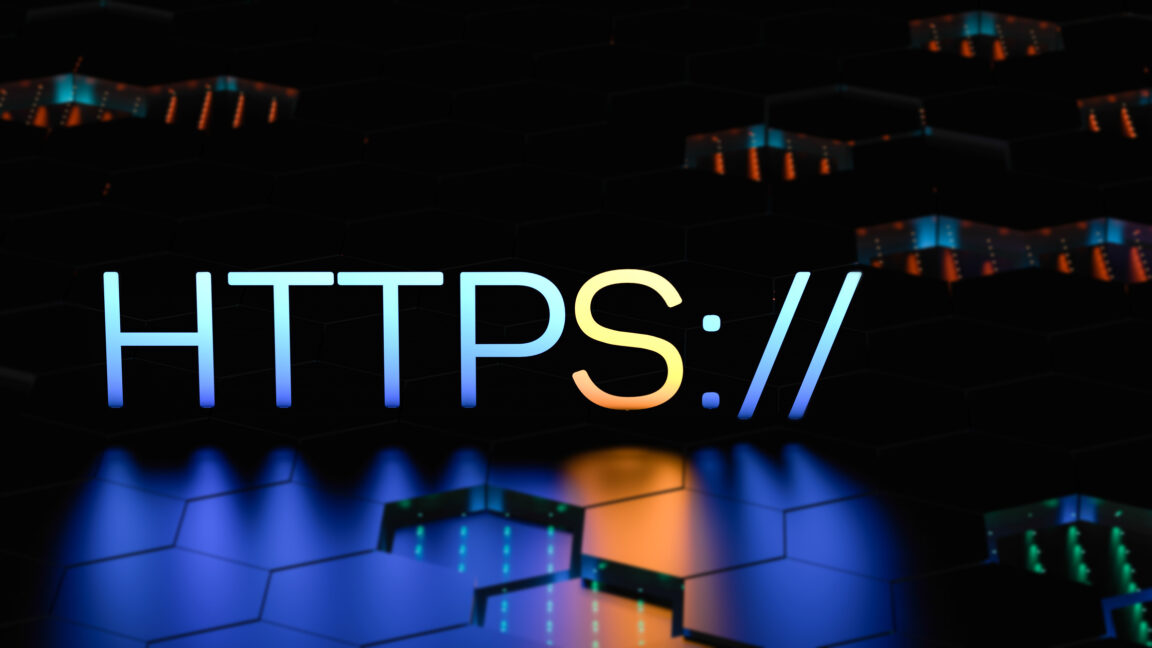








































































































![[The AI Show Episode 151]: Anthropic CEO: AI Will Destroy 50% of Entry-Level Jobs, Veo 3’s Scary Lifelike Videos, Meta Aims to Fully Automate Ads & Perplexity’s Burning Cash](https://www.marketingaiinstitute.com/hubfs/ep%20151%20cover.png)







































































































































































































































































_Andrea_Danti_Alamy.jpg?width=1280&auto=webp&quality=80&disable=upscale#)










































































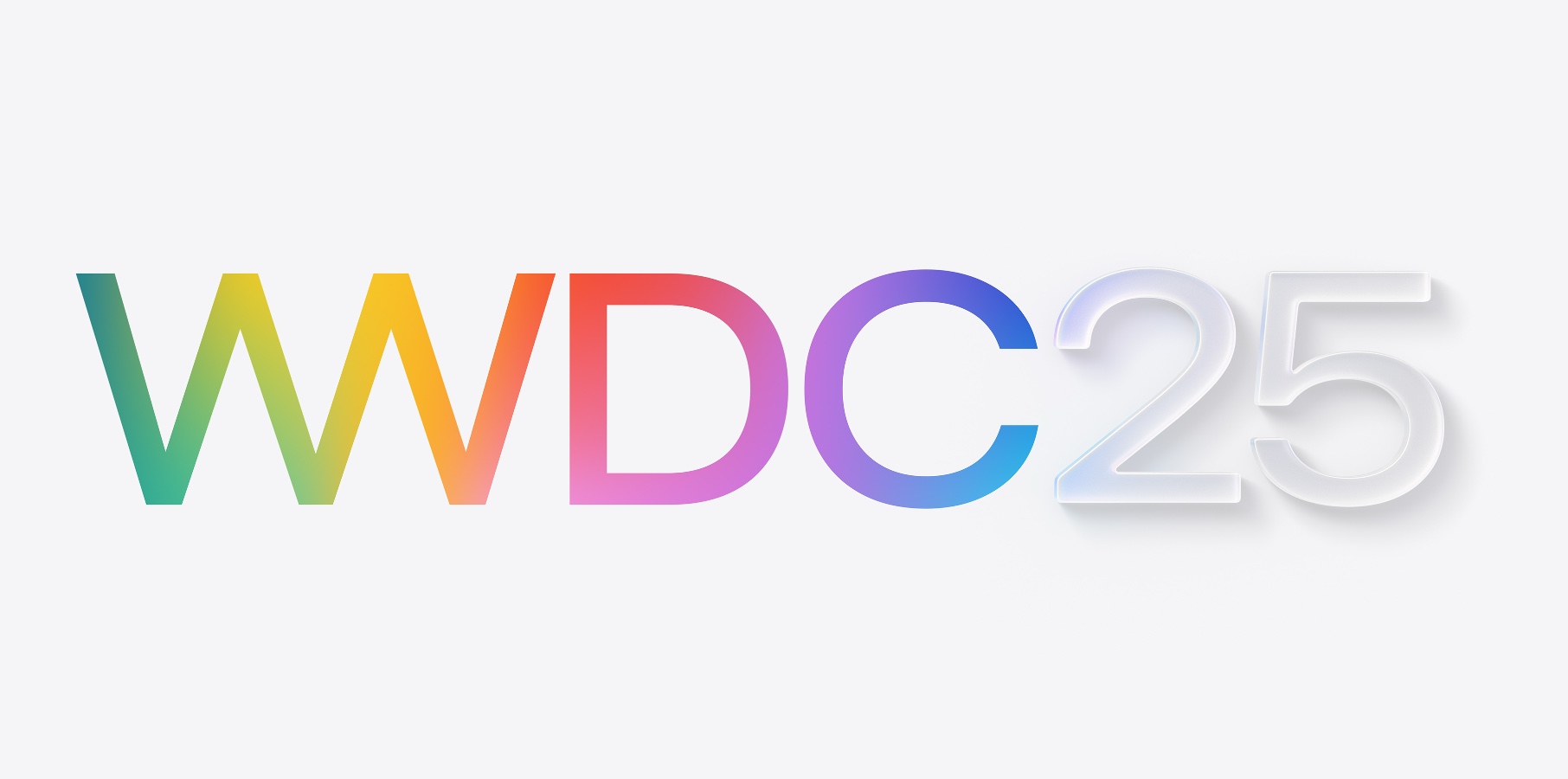




































![Apple AI Launch in China Delayed Amid Approval Roadblocks and Trade Tensions [Report]](https://www.iclarified.com/images/news/97500/97500/97500-640.jpg)




